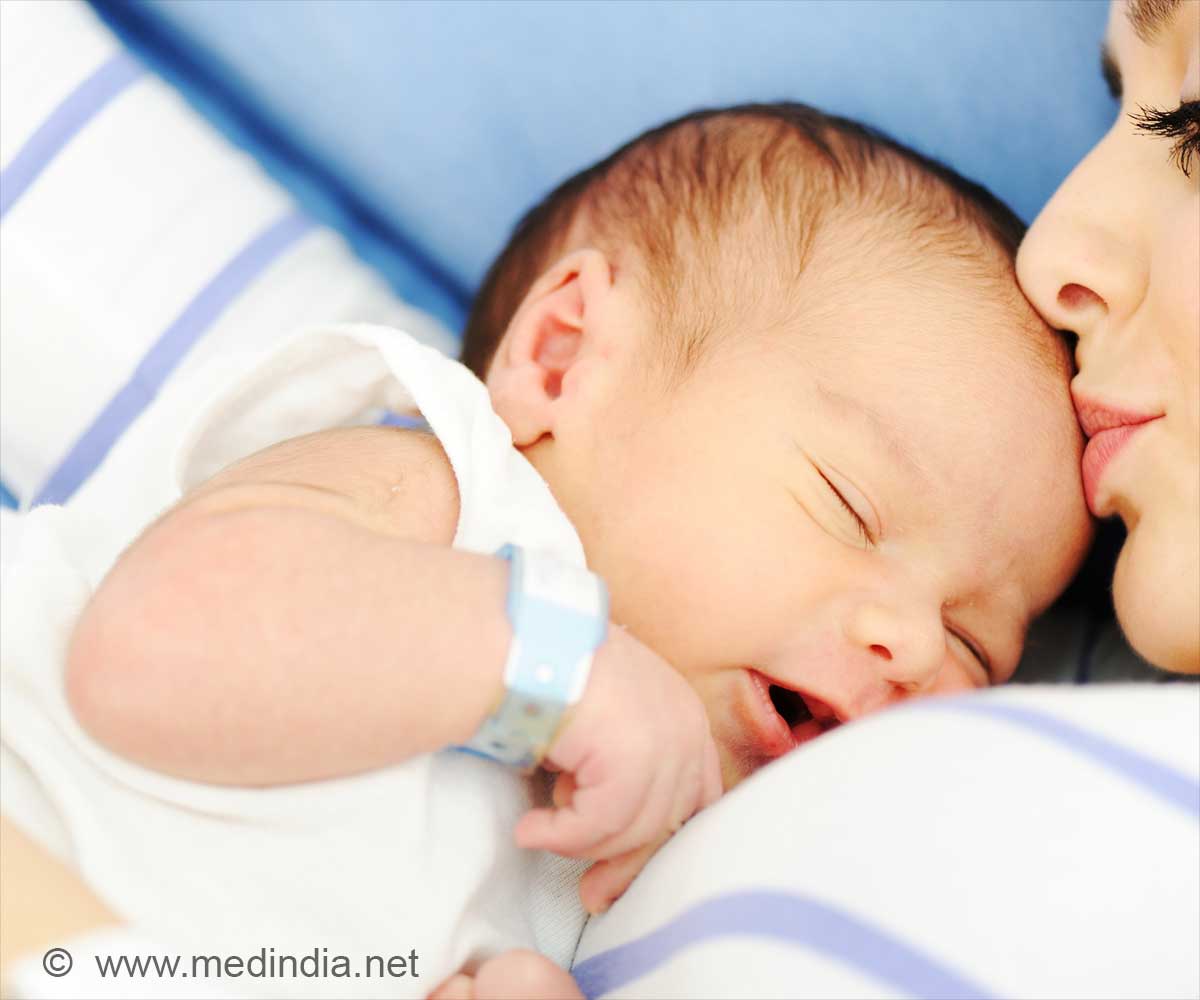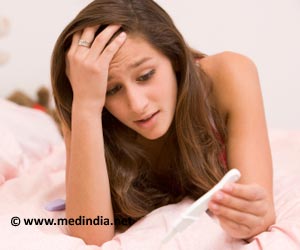US scientists have discovered a self-correcting mechanism in embryos. The findings have significant implications for pre-implantation genetic screening (PGS) during fertility treatment.

But now things could change. Professor William G. Kearns told the annual meeting of the European Society of Human Reproduction and Embryology that a three-day-old embryo (called a cleavage stage embryo) with an incorrect number of chromosomes (known as “aneuploidy”) was capable of undergoing “a dynamic process of genetic normalisation” so that by day five, when it had developed to the blastocyst stage, it had become euploid, with the correct number of chromosomes.
Prof Kearns, senior author of the study, who is an associate professor in the department of gynecology and obstetrics, at the Johns Hopkins Medical Institutions in Baltimore (USA) and the director of the Shady Grove Center for Preimplantation Genetics, LabCorp in Rockville (USA) explained: “There has been mounting evidence that PGS using cells from the outer layer of the blastocyst, the trophectoderm, at day five results in higher pregnancy rates than evaluating a blastomere at the cleavage stage on day three. There are also good data to suggest that there are a substantial number of genetically different cells existing in many cleavage stage embryos – a condition known as ‘mosaicism’. Additionally, tests performed on pregnant women to determine if genetic abnormalities exist in the developing foetus show that aneuploid cells of placental origin are relatively common in foetal blood. These observations led to our hypothesis that mechanisms may exist in the developing embryo that could cause mosaic embryos to marginalise abnormal aneuploid cells and preserve normal cells, and thus ‘genetically correct’ to a genetically normal embryo.
For fertility treatment, the discovery that a large percentage of embryos deemed to be abnormal at day three could become normal at day five suggests that during PGS, day five is the better time to predict the ultimate chromosomal status of the embryo, rather than day three. In addition, if a day-three embryo was found to be aneuploid, then these findings suggest that it would be worth waiting and testing the trophectoderm at day five before making the final decision about whether to implant the embryo or discard it.
The findings also have implications outside the field of reproductive medicine too. Prof Kearns said: “The applications to other fields are numerous. Dissecting the mechanism underlying the normalisation observed in this study in a stem cell system would be highly useful and may be applied to cell-based therapeutic approaches using stem cells. An understanding of such in vitro reparative mechanisms could potentially add to current strategies for gene repair and stem cell transplant therapy. Stem cell therapies have been suggested for a wide swath of medical diseases, ranging from haematological disorders to neurological damage.”
Dr Paul Brezina, an obstetrics and gynaecology doctor and an infertility fellow at the Johns Hopkins Medical Institutions, collaborated with Prof Kearns in the research. Determining the mechanisms that govern the process of genetic normalisation in the developing human embryo is the next stage of research for the team.
Advertisement
Source-Medindia







